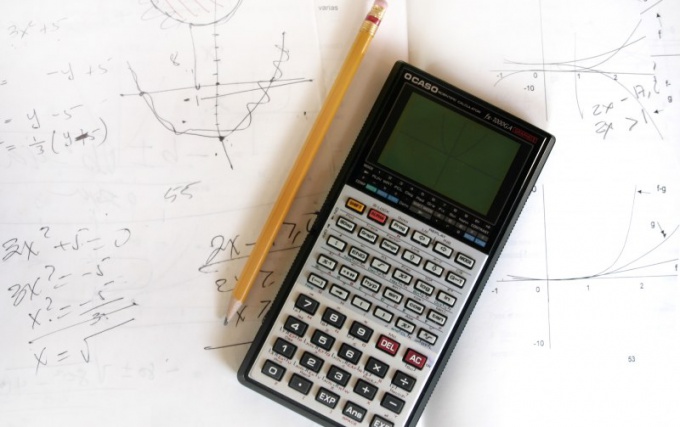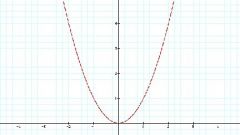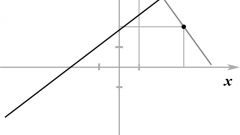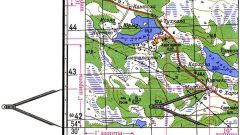Instruction
1
This problem can be solved analytically, therefore, we can not draw graphs of straight and parabola. This often gives an advantage in sample solution, as the task can be given such functions, that it is easier and faster to draw.
2
According to the textbooks on algebra parabola set function of the form f(x)=ax^2+bx+c, where a,b,c are real numbers, while the coefficient a is different it is zero. The function g(x)=kx+h, where k h is a real number, defines a line in the plane.
3
The point of intersection of straight and parabola is a common point of both curves, so it functions take the same value, that is, f(x)=g(x). This statement allows to write the equation: ax^2+bx+c=kx+h, which will give the opportunity to find many points of intersection.
4
In the equation ax^2+bx+c=kx+h, you must move all terms to the left side and lead like this: ax^2+(b-k)x+c-h=0. It now remains to solve the obtained quadratic equation.
5
All found the "x" is not the answer to the problem, as a point in the plane is characterized by two real numbers (x,y). To complete the solution, it is necessary to calculate the corresponding "allocated prizes as stated". To do this, substitute the "x" in either the function f(x) or the function g(x), as for the point of intersection is true: y=f(x)=g(x). Then you will find all common points of the parabola and straight.
6
To consolidate the material it is very important to consider the solution to the example. Let the parabola is given by f(x)=x^2-3x+3 and the line – g(x)=2x-3. Write down the equation f(x)=g(x), that is x^2-3x+3=2x-3. Transferring all terms to the left side, and bringing a similar, we get: x^2-5x+6=0. The roots of this quadratic equation: x1=2, x2=3. Now find the corresponding "allocated prizes as stated": y1=g(x1)=1, y2=g(x2)=3. Thus, all points of intersection: (2,1) and (3,3).




